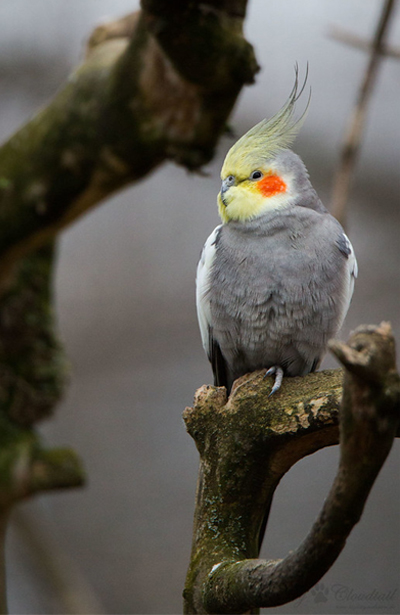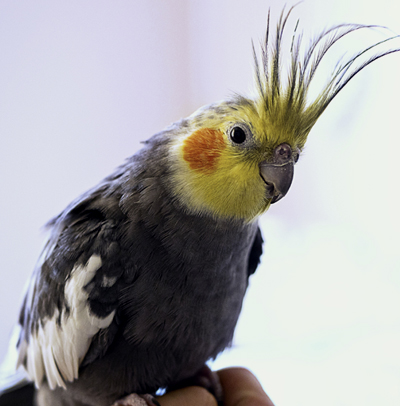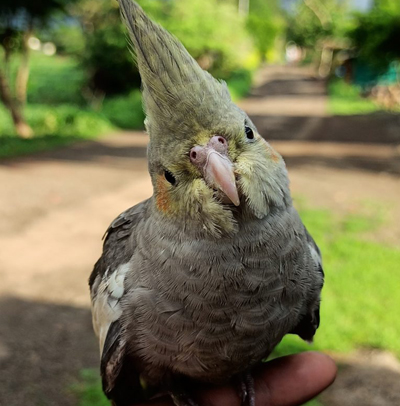
Learn About Cockatiel Training, Care, Diet, Temperament …
The cockatiel is a perfect pet bird. A hand-raised Cockatiel quickly becomes attached to its owner. The males very easily learn to whistle tunes and can even be taught to talk. Cockatiels are easy to breed in either cages or aviaries. They are a great choice for anyone that would like to go into business raising birds. There is always a ready market for tame babies. Originally from Australia, many thousands are reared worldwide as pets. Cockatiels are also exhibited as a show bird.
Sign-up for the Free Course on Cockatiel Training
Size: 36 - 46 cm / 14 - 18 inches
Life Expectancy: 12 - 30 years
Description
The normal cockatiel is slate gray, reminiscent of a common pigeon. This is the form that exists in the wilds of Australia. A yellow suffusion covers the entire bird. This yellow is especially prominent in the head and crest of the male bird. Youngsters and hens have horizontal bars going down the tail.


